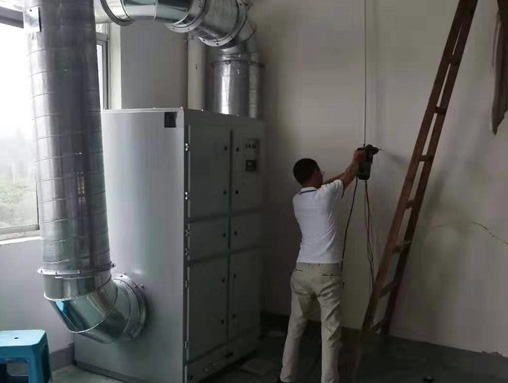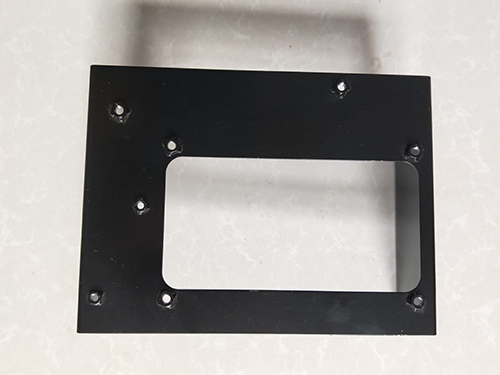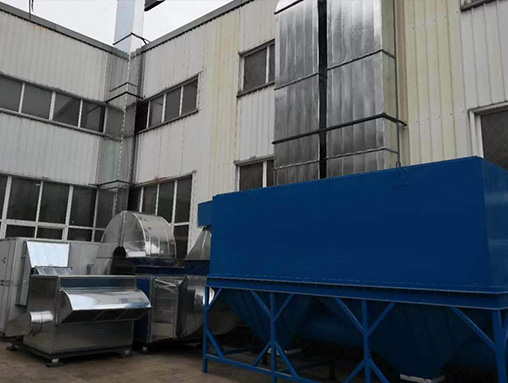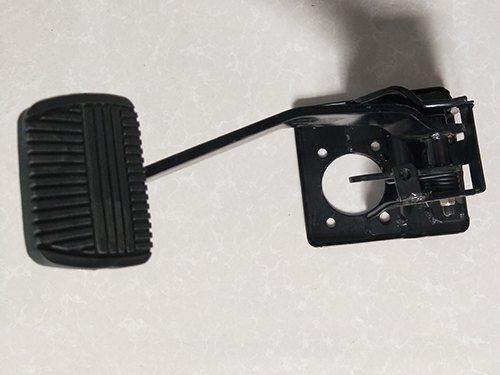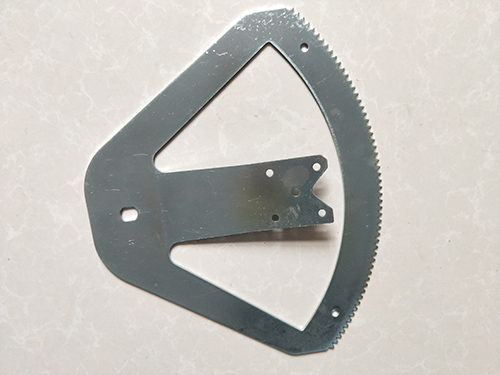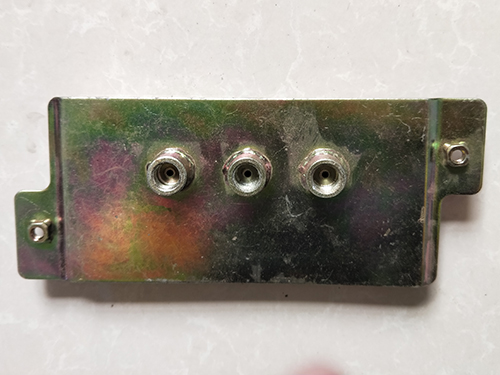A Brief Discussion on Stamping Process and Stamping Mold Design
1 Preface
During the stamping process, mechanical motion runs through the entire process. The implementation of various stamping processes has its basic motion mechanism, which is closely related to the mold. The structural and mechanical design of various molds are ultimately designed to meet their specific motion requirements. Whether the mold can strictly complete the required motion to achieve the stamping process directly affects the quality of the stamped parts. Therefore, mechanical motion should be controlled in mold design. At the same time, in order to meet the requirements of product shape and size, we cannot be confined or limited to various basic motion modes of the process, but should continuously develop and innovate, and flexibly apply mechanical motion in mold design.
2 Stamping process
2.1 Introduction to Stamping Process
Stamping is a forming and processing method that uses a press and mold to apply external force to sheets, strips, pipes, and profiles, causing them to undergo plastic deformation or separation, in order to obtain the desired shape and size of the workpiece (stamped part). Stamping and forging belong to plastic processing (also known as pressure processing), collectively referred to as forging and stamping. The raw materials for stamping and stamping are mainly hot-rolled and cold-rolled steel plates and strips. Among the steel materials in the world, 60% to 70% are sheet metal, most of which are finished products made by stamping. The body, chassis, fuel tank, radiator fins of automobiles, the steam drum of boilers, the shell of containers, the iron core of motors, and the silicon steel sheets of electrical appliances are all stamped and processed. In products such as instruments, household appliances, bicycles, office machinery, and household utensils, there are also a large number of stamped parts. Compared with castings and forgings, stamped parts have the characteristics of thin, uniform, light, and strong. Stamping can produce workpieces with reinforcing ribs, ribs, undulations or flanges that are difficult to manufacture by other methods, in order to improve their rigidity. Due to the use of molds, the precision of the workpiece can reach micrometer level, and the repetition and specifications are consistent. It can punch holes, protrusions, etc.
Cold stamping parts generally do not require cutting or only require a small amount of cutting. The accuracy and surface condition of hot stamping parts are lower than those of cold stamping parts, but still better than castings and forgings, with less cutting work. Stamping is a production method that uses composite molds, especially multi station progressive molds, to complete multiple stamping processes on one press, achieving fully automatic production from strip unwinding, leveling, punching to forming and finishing. Production, good working conditions, low production costs, generally capable of producing hundreds of pieces per minute.
22 Types of Stamping Processes
Stamping is mainly classified according to the process, and can be divided into two categories: separation process and forming process. Separation process, also known as punching, aims to separate the stamped part from the sheet metal along the contour line while meeting the quality requirements of the separated section. The purpose of the forming process is to cause plastic deformation of the sheet metal without breaking the billet, and to produce workpieces of the desired shape and size. In actual production, multiple processes are often integrated into one workpiece. Punching, bending, shearing, deep drawing, bulging, spinning, and straightening are several main stamping processes. The surface and intrinsic properties of stamping sheet metal have a significant impact on the quality of stamped products, requiring stamping material thickness and uniformity; The surface is smooth, without scars, scratches, surface cracks, etc; Uniform yield strength without obvious directionality; High uniform elongation rate; Low yield to strength ratio; Low work hardening.
Control and Application of Mechanical Motion in 3 Punching Molds
The basic motion of the punching process is that the discharge plate first contacts and presses firmly against the sheet metal, and the punch descends to contact the sheet metal and continues to descend into the die. The relative motion between the punch, die, and sheet metal causes the sheet metal to separate, and then the punch and die separate. The discharge plate pushes the workpiece or waste material off the punch, completing the punching motion. The movement of the discharge plate is crucial. In order to ensure the quality of the punching process, the movement of the discharge plate should be controlled so that it comes into contact with the sheet metal before the punch, and the pressing force should be sufficient. Otherwise, the quality of the cut surface of the middle cutting part will be poor, the dimensional accuracy will be low, the flatness will be poor, and even the lifespan of the mold will be reduced.
Designing a blanking punching mold using conventional methods often makes it difficult to separate the workpiece from the waste edge after stamping. On the premise of not affecting the quality of the workpiece, it is possible to add some protruding limit blocks on the discharge plate of the convex concave die to facilitate material dropping; After the completion of the middle hole movement, the concave die unloading plate first pushes the workpiece out of the concave die, and then the convex concave die unloading plate pushes the waste material down from the convex concave die. In this way, the workpiece and waste material are naturally separated. For some larger stamping parts with local protrusions, a pressing convex die can be added to the discharge plate of the concave die of the discharge punching die, and sufficient spring force can be applied to deform the material when the pressing convex die on the discharge plate comes into contact with the sheet metal to achieve the pressing purpose, and then continue the discharge punching motion. This can often reduce one step of the mold and lower the cost. Some punching molds have a large number of punching holes, requiring a large punching force, which is not conducive to stamping production, and there may not even be enough punching machines of sufficient tonnage. A simple method is to use 2-4 batches of punching machines of different lengths, and to divide the punching motion into time during punching, which can reduce the punching force.
In actual production, process tests similar to the stamping process are commonly used to test the stamping performance of materials, such as deep drawing performance tests, bulging performance tests, etc., in order to ensure the quality of finished products and a higher pass rate. The accuracy and structure of the mold directly affect the forming and precision of the stamped parts, while the manufacturing cost and lifespan of the mold are important factors affecting the cost and quality of the stamped parts. Mold design and manufacturing require more time, which prolongs the production preparation time for new stamped parts.
The standardization and development of simple molds (for small batch production), composite molds, multi station progressive molds (for mass production), and the development of mold changing devices for mold bases, mold frames, and guide components can reduce the workload and shorten the preparation time for stamping production, and enable stamping technology suitable for mass production to be reasonably applied to small batch and multi variety production.
In addition to forming thick plates with a water press, stamping equipment generally uses mechanical presses centered around modern high-speed multi station mechanical presses, equipped with unwinding, leveling, finished product collection, conveying and other machinery, as well as mold libraries and mold changing devices, and controlled by computer programs to form high productivity automatic stamping production lines. In the case of producing dozens or hundreds of stamped parts per minute, completing processes such as feeding, stamping, discharging, and waste disposal in a short period of time often leads to personal, equipment, and quality accidents. Therefore, production in stamping is a very important issue.
